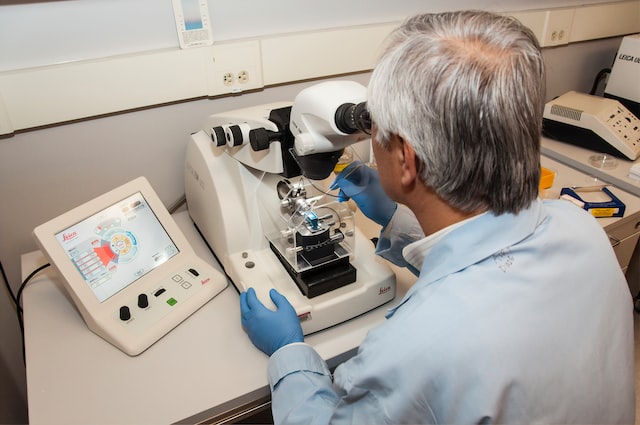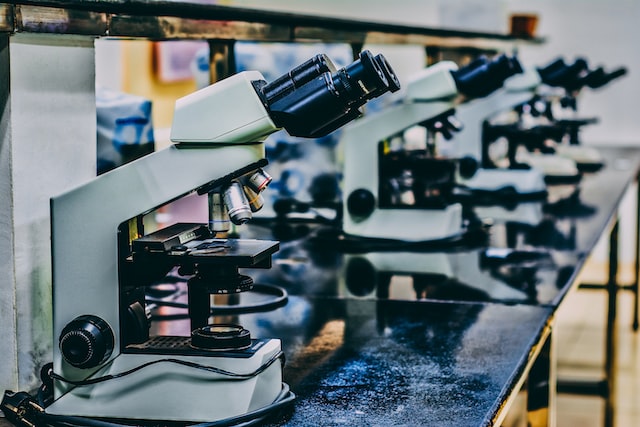A cardiomyocyte assay is a highly versatile technique that can be used for cardiovascular research. Because functional primary adult human cardiomyocytes can be maintained in vitro for long periods, they offer a valuable cellular model for cardiovascular research. They can also be used to test new drugs or to determine their safety in humans.

xCELLigence RTCA Cardio instrument
The xCELLigence RTCA cardio instrument is a comprehensive cardiomyocyte assay platform that utilizes an electronic 96-well microtiter plate format. Its software enables real-time control and data display, as well as quantitative analysis. It measures cell morphology and attachment and has a high data acquisition rate of milliseconds.
The xCELLigence RTCA cardio instrument can detect the beating activity of all three types of cardiomyocytes. This instrument enables researchers to test the effects of drugs and chemicals on the human body. It is capable of measuring the periodicity of heartbeat in short and long-term experiments and improves reproducibility and data quality.
boron nitride nanotubes
In vitro cytotoxicity studies using boron nitride (BNNT) nanotubes are a growing concern as the materials find increased applications in biomedical and industrial fields. However, current studies have been limited by the lack of standardized characterization methods and reference materials. To address this issue, a solution has been developed: a novel atomic force microscopy assay. This assay allows for direct assessment of BNNT cytotoxicity in human cells.
The cytotoxicity of BNNTs was studied using HeLa cells. The nanotubes increased cell viability at concentrations higher than negative controls. However, at a concentration of 50 mg/ml, the nanotubes showed the greatest cytotoxic effect. At that concentration, cell viability decreased by 66%. The researchers concluded that these results indicate that BNNTs have a potentially beneficial role in developing drugs and diagnostic devices.

Bleb
The Bleb cardiomyocyte assay is used to monitor the morphology and viability of cardiomyocytes. Isolated cardiomyocytes are plated onto laminin-coated surfaces and maintained in Gibco MEM supplemented with antibiotics, Primocin, and 10 uM Bleb.
After they were cultured in the media, cardiomyocytes were dispersed and suspended in 0.4% trypan blue. The cells were then washed with PBS and permeabilized. They were then stained with acridine orange and examined under a Zeiss Standard 16 microscope under fluorescent light.
BDM
The Cardiomyocyte assay using BDM can be performed to monitor cardiomyocyte viability in a laboratory setting. This method uses isolated cardiomyocytes plated on a 200 mg/ml laminin-coated plate. The cells were maintained in Gibco MEM supplemented with antibiotics, Primocin, and 10 uM Bleb. In addition, 20 mM BDM was added to the cells.
The use of BDM has numerous benefits, including its cardioprotective effects at physiological temperatures. For example, it has been shown to increase ATP hydrolysis in cardiomyocytes permeabilized with 1 mM MgATP. Furthermore, it inhibits rigour contracture induced by 1 mM MgATP.
